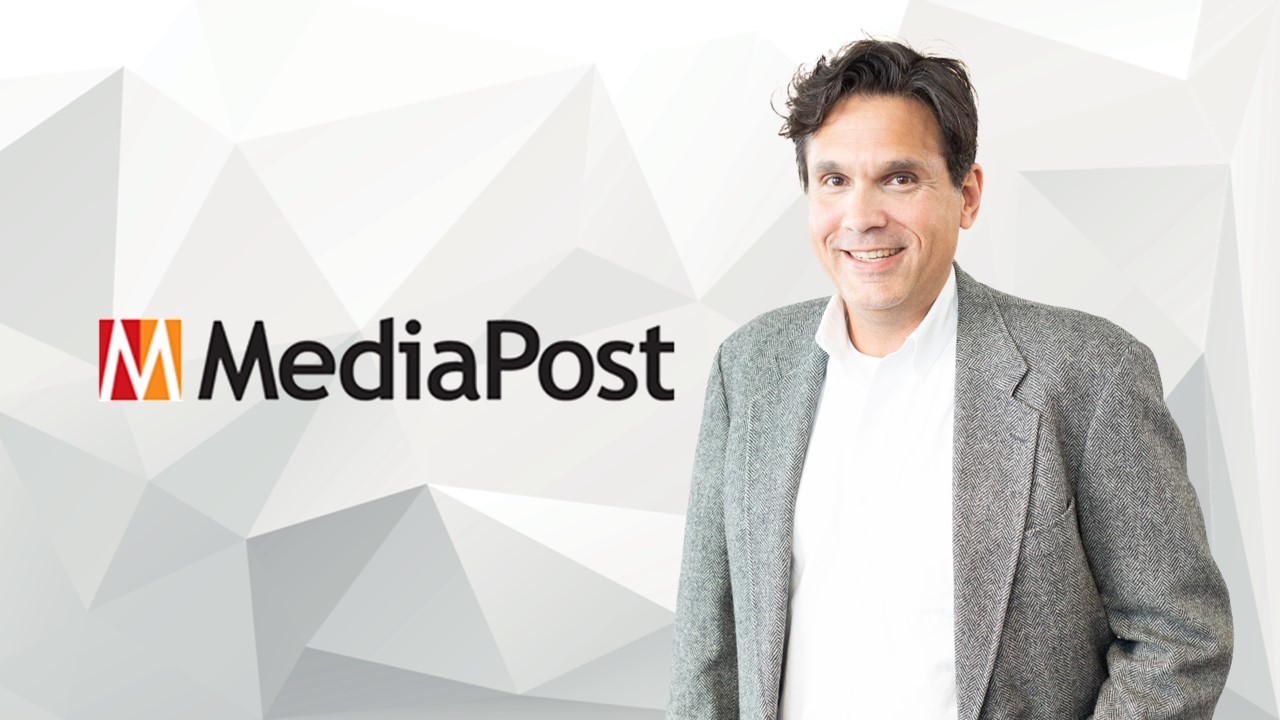This article originally appeared in MediaPost.
Remember when the streaming platforms, led by Netflix, killed cable? When viewers, voting with their impressions, made it clear they would gladly pay a monthly subscription fee to choose what and when they watched, and without all those evil ads? Ding dong, the overpriced, inconvenient witch is dead.
However, since then, Netflix, Amazon Prime Video, Max, and Disney+ have all incorporated elements of the “defeated” cable model to their offerings:
Dual Revenue Streams
Commercial-free platforms have one source of revenue: Subscriber fees. These fees are more or less reliable and predictable, but they’re significantly limited. The benefits of ad sales are many; here are a few.
Additional funds for content: The acquisition and production of new projects gets more expensive, and additional seasons of established hits always come with increased costs. Platforms that rely solely on subscriber fees must hope for new subscribers and/or increase the cost of a subscription. This is less than ideal, as there are a finite number of potential subscribers and regardless of how high it is, there’s a ceiling. And increasing the monthly subscription cost is risky and could lead to cancelations.
An ad-supported tier brings in new funds to pay for more content, and the tier’s lower cost can help lure new subscribers.
Monetization of impressions: Hits like Stranger Things and Squid Game may drive subscriptions, but for every series or film that enters meme culture, there are who-knows-how-many programs and movies that deliver a ton of impressions but don’t become part of the zeitgeist. These titles, while popular with existing subscribers, don’t send new people scurrying to sign up. In fact, they could become a financial drain as the bandwidth they use isn’t free. Advertising allows the streamer to sell each and every impression, whether it comes from a hot new series or a forgotten 1990s romcom.
Additionally, the streamers can use all the data they’ve gathered (remember, they are tech companies first and foremost) to determine whose impressions are “better” and price them accordingly based on previous viewing habits and demographic info.
Happier Investors: Wall Street wants to see growth. Constant growth regardless of context, irrespective of whatever is happening in the world. Subscriptions surpassed projections during the pandemic, as viewers were largely confined to their homes. The cloud surrounding that silver lining for streamers: the greatly accelerated growth made future increases more challenging. Advertising revenue enhances the bottom line and keeps the stock price rising.
Viewers are fine with the ads: People say they dislike them, but the addition of commercials hasn’t really affected viewing habits. A recent study from Involved Media quantifies the common sense. TV had ads for several decades before commercial-free SVODs came along. The muscle memory of sitting through an ad break is still there, and younger viewers are no strangers to the concept either, having seen countless pre-roll and mid-roll ads on YouTube.
Weekly Episode Releases
Netflix and Amazon came out of the gate making all episodes of a series immediately available, and moving away from that approach is proving to be tough—their viewers are trained to binge. But platforms like Disney+ and Apple TV+ often hew to a one-a-week strategy, with a season’s first two episodes sometimes dropping simultaneously. As with cable, this allows a series to stretch for two and a half months instead of being devoured whole over a weekend. If consumers subscribe and unsubscribe for specific shows as they used to for The Sopranos and Game of Thrones (and it sure looks like they are) this will garner three months of subscription fees instead of just one.
And while viewers wait for the latest episode of Severance or The Mandalorian to drop, they have a week to check out all the other available content that the algorithm recommends (during which they’ll also see some more ads!).
Bundling
Just like the cable providers, who encourage users to sign up for multi-network packages, some streaming platforms have announced plans to bundle their offerings. Disney and Warner Bros. Discovery intend to partner for a Hulu/Disney+/Max bundle. They seem to realize exactly what the cable networks discovered years ago: With so many services available, it makes sense to put cutthroat competition aside and team up for shared success.
Live Sports and Exclusive Specials
Like cable networks, streaming platforms are putting more and more emphasis on exclusive live sports: MLB on Apple TV+, WWE on Netflix, Premiere League Football on Amazon Prime, and NFL on both Netflix and Prime. These properties draw subscribers and differentiate the platforms from their competition. And of course, it all comes back to ad sales; you don’t invest $150 million to stream one postseason NFL game without counting on recouping it somehow, and advertising in any of these properties will come at a premium.
Netflix in particular seems to have taken a page from HBO’s playbook. The pay-cable service made its name with comedy specials from the likes of George Carlin and other big names of the day. Netflix has made itself the new home for comedy, with specials from Dave Chappelle and John Mulaney. No longer content to rely exclusively on their algorithms to essentially create a different brand identity for each user, they are making themselves the destination for comedy.
After crushing cable, why are streaming platforms — to paraphrase noted media analyst Obi-Wan Kenobi — becoming the very thing they swore to destroy? Because the model just works and did for years. If cable is in fact dying, it’s for a slew of reasons that have little to do with their core financial structure. That’s a lesson the streamers are learning and applying more and more.


